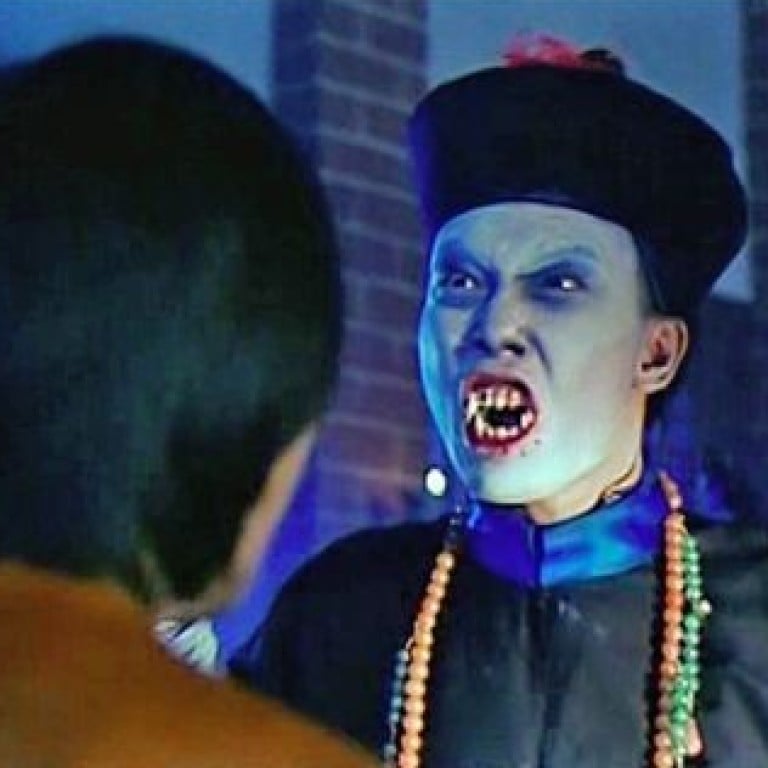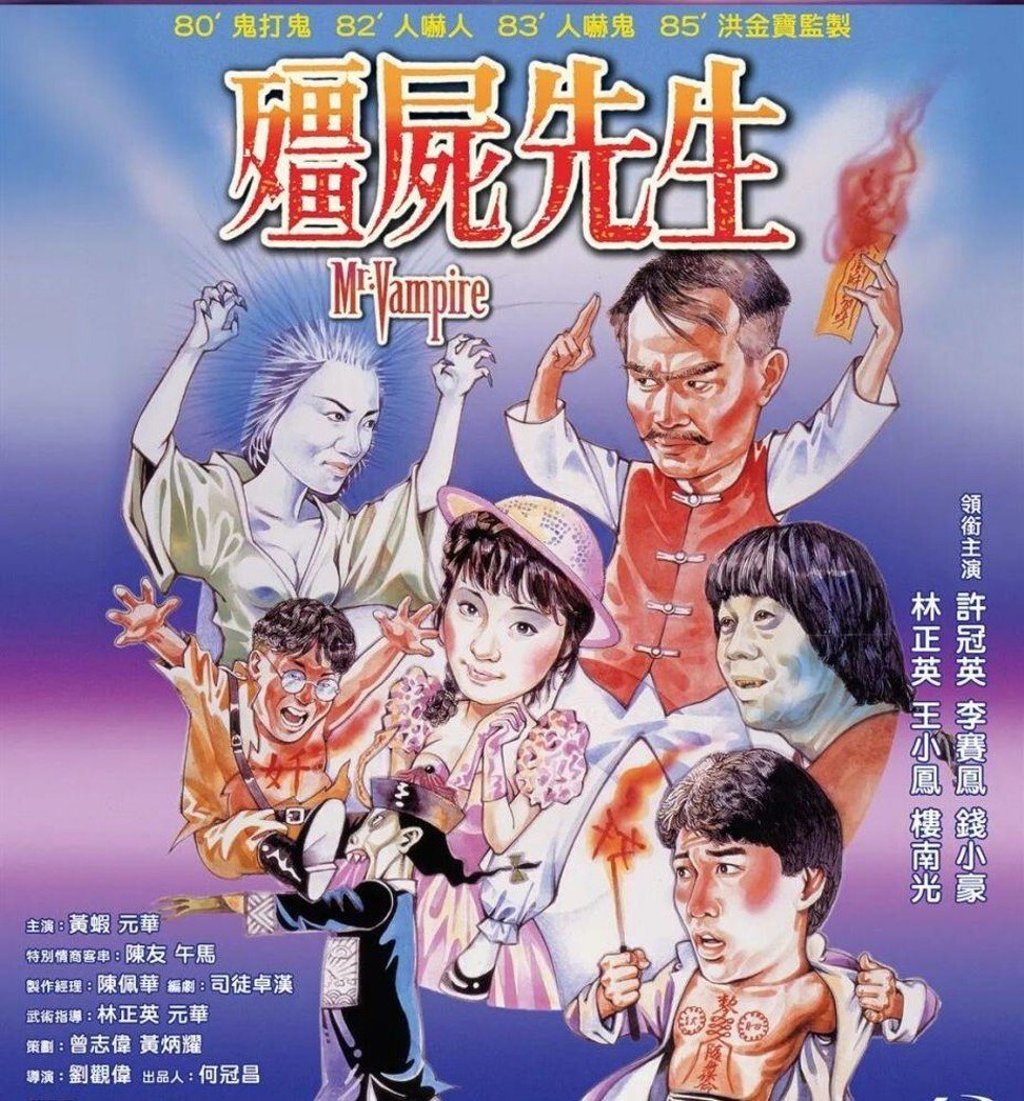Halloween special: what are Chinese hopping zombies? Meet jiangshi, the undead horror film villains made famous in cult 80s Hong Kong movie Mr Vampire

Bruce Lee’s personal assistant Lam Ching-ying later became famous himself as the notorious vampire-slaying hero of the Mr Vampire trilogy, Magic Cop and Encounters of the Spooky Kind II – here’s everything you need to know about the menacing movie monsters
Different cultures share different spooky stories, and where the Western world is taught to fear vampires and zombies, Chinese folklore shuns jiangshi, which directly translates to “stiff corpses”. They’re also known as “Chinese hopping zombies” or “Chinese hopping vampires” for how they get around.
You might have spotted the undead monster – traditionally recognisable for its dark robes, red-topped cap, forehead talisman and deathly pale skin – in movies, TV shows or video games.

What are jiangshi?
There are a number of jiangshi origin stories. According to one, if a family member passed away far from home in China, those who could not afford much in the way of travelling expenses for the deceased were said to hire a Taoist priest to transport the body.

The priest would do this by temporarily reanimating the body, enabling it to follow along all the way to its proper burial place. The priest, meanwhile, would ring a bell to warn passers-by to keep their distance, as gazing upon a jiangshi was believed to bring bad luck. The practice was supposedly popular in Xiangxi, in China’s southern Hunan province, where many original residents left home to find work in other areas.
Much like their Western counterparts, jiangshi are averse to sunlight, and stay in coffins or hide in dark places during the day. To stay “alive”, they need to kill living creatures and absorb their life essence, or chi, at night.
What do they look like?